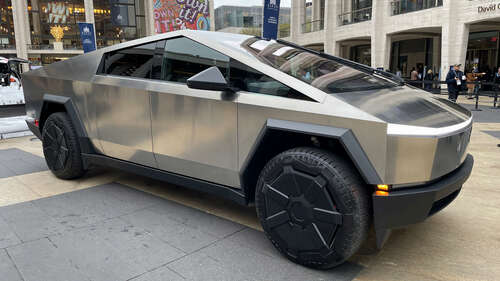
A traditional lithium battery is manufactured using a wet coating process, where the cathode is covered with an electrochemically active material by dipping it into a chemical slurry. However, there are multiple problems with this approach. First, during the wet coating process, the subsequent drying stage is energy-hungry, slow, and expensive.
Moreover, the manufacturer needs to constantly recycle the chemical slurry to recover important chemicals and rid it of toxic by-products before a portion of it is dumped. Tesla isn’t the only brand, however, that is trying to master the dry-coating pipeline. Volkswagen, Panasonic, LG, Ford, Samsung, and GM are also in the race.
A switch to the dry-coating format presents multiple research-validated advantages. There is no chemical slurry involved. There is no conventional liquid drying process in the equation. The powdered constituents are mixed with a polymeric binder, applied to the metal sheets, and pressed under heavy rollers to get an even coat.
This approach dramatically reduces costs and speeds up the production process while being less taxing on the environment. Since no complex drying machinery is required, the cost and energy demand are significantly lower with the dry-coating process compared to the wet-coating technique.

